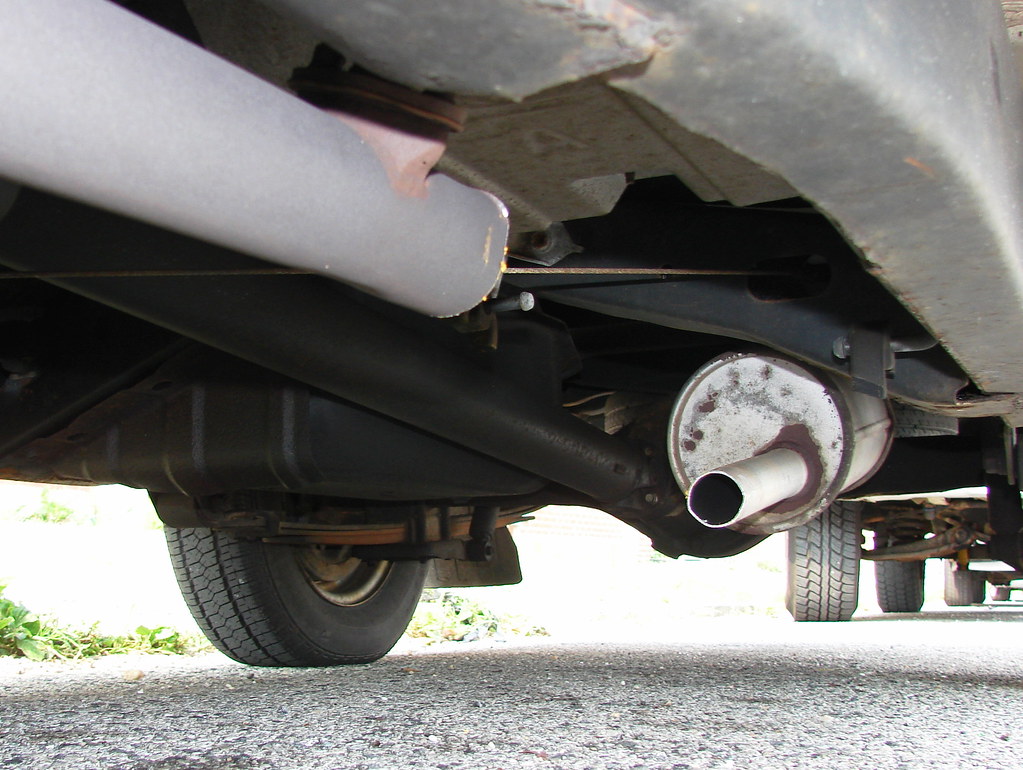
A catalytic converter is a key component in minimizing pollution and vehicle emissions. The catalytic converter works to convert harmful emissions into non-harmful gases. They essentially make engine exhaust gases less harmful and cleaner. It is important to note that a faulty catalytic converter is not only harmful to a vehicle’s performance, but to a driver’s overall health as well. Potential engine damage and reduced performance are a negative effect of a compromised catalytic converter. There are notable indicators a catalytic converter may be inefficient, at which point examination for an auto diagnosis by a certified mechanic is absolutely necessary.
HOW DOES A CATALYTIC CONVERTER FUNCTION
It is important to understand the pollutive damages vehicles cause to value the operative functions of a catalytic converter. Car exhaust is composed of 3 harmful compounds including the following:
- Carbon Monoxide
- Hydrocarbons
- Nitrogen Oxides
Carbon monoxide can replace the oxygen in your red blood cells if too prevalent which can result in tissue damage and even be potentially fatal. Hydrocarbons, if inhaled, can is dangerous as it can cause irregular heartbeats which has the potential to be fatal. Exposure to Nitrogen Oxide can irritate the skin and eyes. Inhalation also compromises oxygen flow, and can perpetuate sweating, nausea, dizziness and even vomiting. In short, all three compounds compromise health and well-being. Driving with a compromised catalytic converter is directly risking the state of your health and car efficiency.
INDICATORS OF A FAILING CATALYTIC CONVERTER
Aside from the danger of inhalation, a failed catalytic converter will increase your fuel consumption as a catalytic converter is a crucial component of the emissions system so as it loses productivity, the engine’s power production is negatively impacted as well. With this being the case, it is useful to be aware of indicators catalytic converter repair by a specialized auto technician may be necessary. Noticeable indicators include:
- Audible noise changes including Rattling
- Check Engine Light Indicator
- Noticeable Sulfur Odor
- Smog Test Fail
- Decreased Efficiency in Engine Performance
Rattling under your car can be due to components inside of the converter coming apart or collapsing. Rattling can be an indicator of damage occurring internally. If the converter is not catalyzing exhaust efficiently or correctly, the check Engine Light may turn on, which in any case upon turning on should prompt an immediate visit to an automotive shop. Similarly, any abnormal odor emitted from a vehicle should bring to action a repair shop visit. Being educated on potential indicators can reduce the need for repairs in the long run if small issues are identified promptly. Upon sensing a change in performance or your driving experience, schedule maintenance with your local auto repair certified technician.